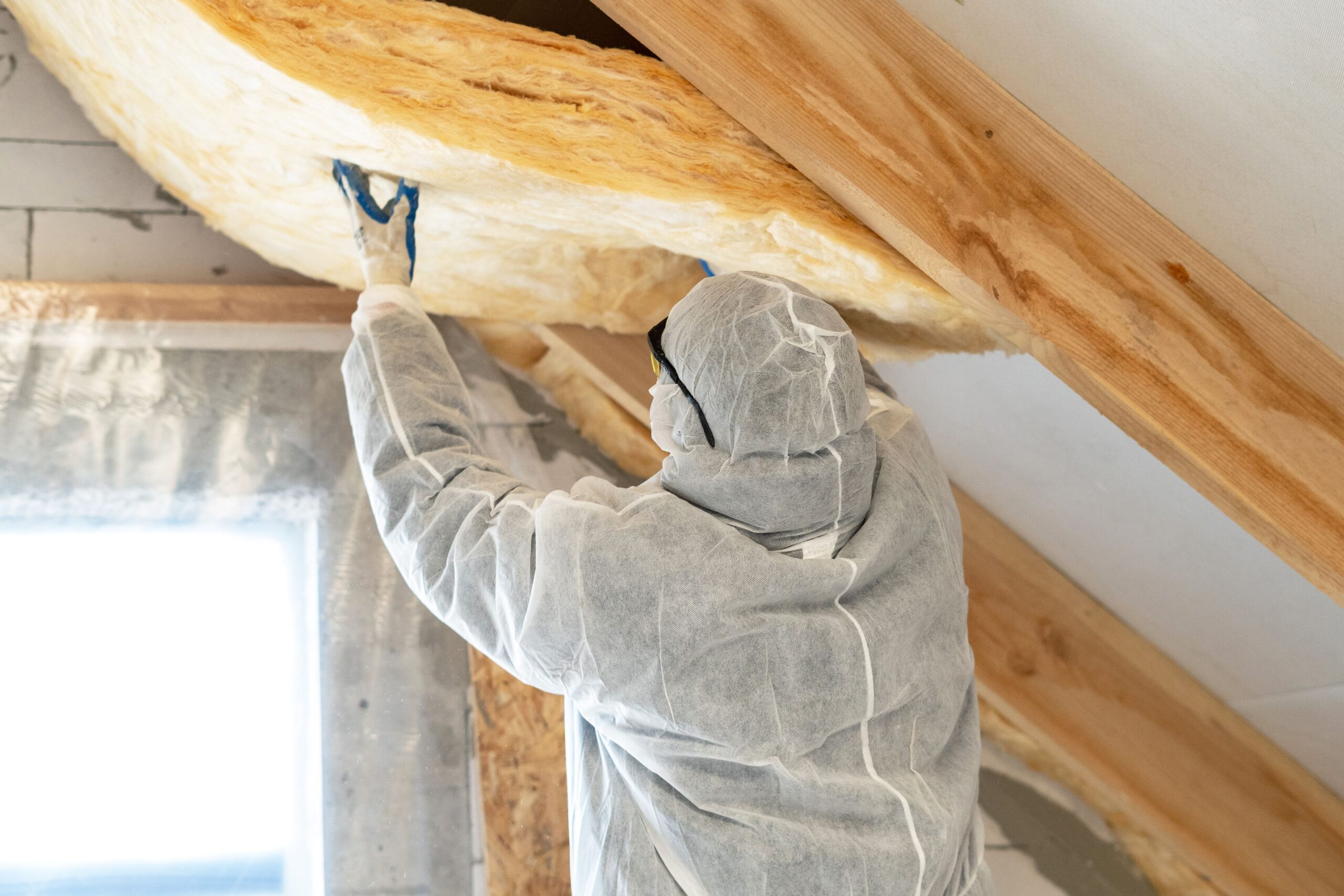Unveiling the Hidden Dangers: The Truth About Fiberglass Insulation and Your Health
Insulation plays a vital role in maintaining our homes’ comfort and energy efficiency. It prevents cold air from entering and keeps warm air in, decreasing energy use. While many forms of insulation exist, one common form is fiberglass. Fiberglass was often thought to be a successful substitute for other harmful insulators like asbestos.
However, researchers have determined that fiberglass insulation has its own threats and health consequences. Below, we’ll identify the potential health risks lurking within this widely-used material in residential and commercial buildings and what you can do to minimize its future risks.
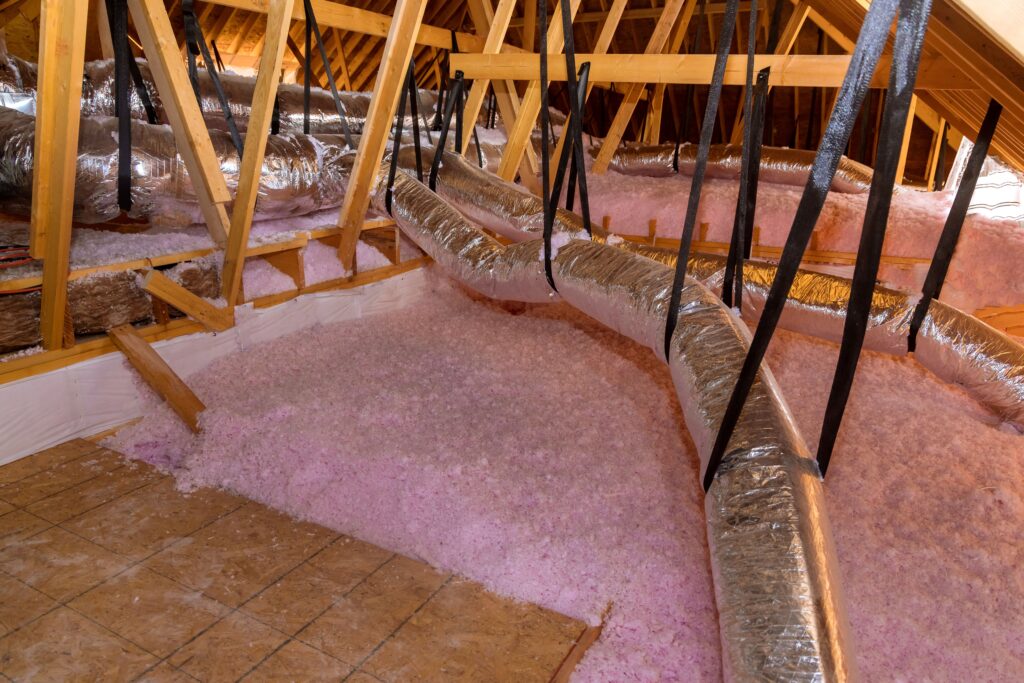
Sources of Fiberglass Contamination in Homes
Fiberglass insulation, touted for its thermal properties and energy efficiency, has found its way into countless homes, often used in air ducts and ceilings. However, fiberglass contamination’s silent danger may lurk within your walls. Understanding the sources of this contamination is critical in safeguarding your health and well-being.
One prominent source of fiberglass contamination is the degradation of insulation material over time. Fiberglass insulation can deteriorate and release tiny airborne fibers into the surrounding environment as it ages. These microscopic fibers can quickly become airborne and be inhaled or settle on surfaces, posing a risk of inhalation or skin irritation.
Further, inadequate installation or damage to insulation can create gaps or openings through which fibers can escape. Improper handling during installation or renovation projects can also release loose threads into the air, leading to potential contamination.
Poorly maintained HVAC systems can also exacerbate fiberglass contamination. Air ducts and vents may accumulate dust and debris, including fiberglass particles, which can circulate throughout the living spaces, increasing exposure levels.
Awareness of these sources is vital for homeowners and professionals to implement proper insulation maintenance, handling, and ventilation strategies. We can mitigate the risk of fiberglass contamination and prioritize health and safety by addressing the sources of fiberglass wear.
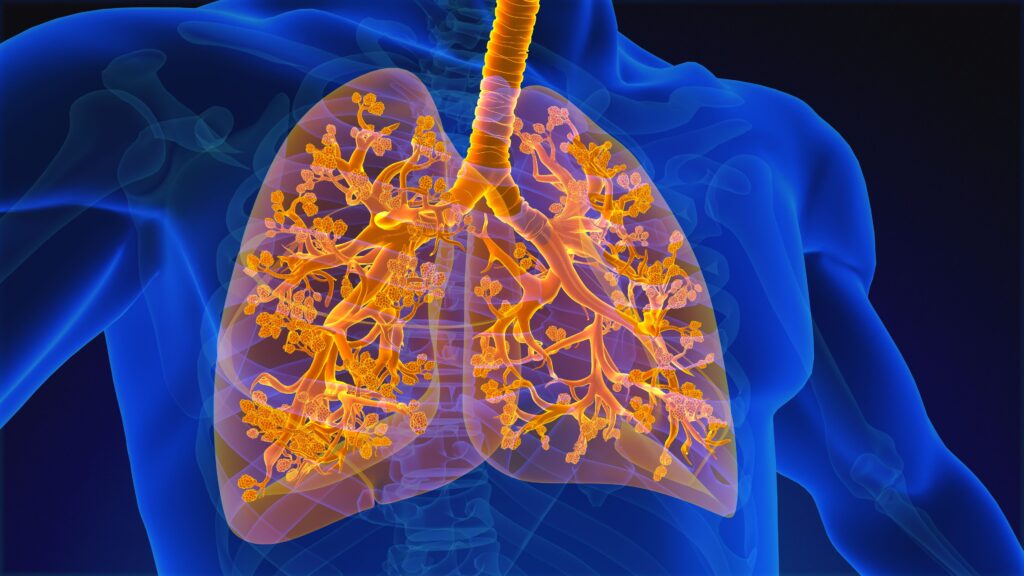
Health Impacts of Fiberglass Insulation
Prolonged exposure to fiberglass fibers can have several adverse effects on human health. Inhalation of airborne fiberglass particles is a primary concern. When these tiny fibers are inhaled, they can irritate the respiratory system, leading to symptoms such as coughing, wheezing, and shortness of breath. Individuals with asthma or other respiratory conditions may experience heightened sensitivity to fiberglass exposure.
Skin contact with fiberglass can also cause irritation and discomfort, resulting in itching, redness, and rashes. Direct contact with exposed or damaged insulation, or handling fiberglass insulation without proper protective gear, increases the risk of skin-related issues.
Further, fiberglass particles can enter the eyes, causing redness, itching, and irritation. Eye protection should be worn when working with or near fiberglass insulation to prevent these effects.
While fiberglass insulation is generally considered safe when properly installed and maintained, take precautions to minimize exposure and potential health risks. Its potentially carcinogenic effects can create lasting harm in humans. Following proper handling procedures, using personal protective equipment, and ensuring good ventilation can reduce the health impacts associated with fiberglass insulation.

Vulnerable Groups and Health Symptoms
Certain individuals may be more susceptible to the health symptoms associated with fiberglass insulation exposure. Vulnerable groups, including older adults, children, and people with pre-existing respiratory conditions, are particularly at risk.
Fiberglass particles can trigger or exacerbate respiratory issues for these individuals, leading to persistent coughing, difficulty breathing, and increased respiratory discomfort. Additionally, people with sensitive skin may experience heightened irritation and allergic reactions upon contact with fiberglass. Recognizing the vulnerability of these groups is crucial in implementing preventive measures, such as proper insulation maintenance, regular ventilation, and providing protective gear when handling fiberglass insulation, to safeguard their health.
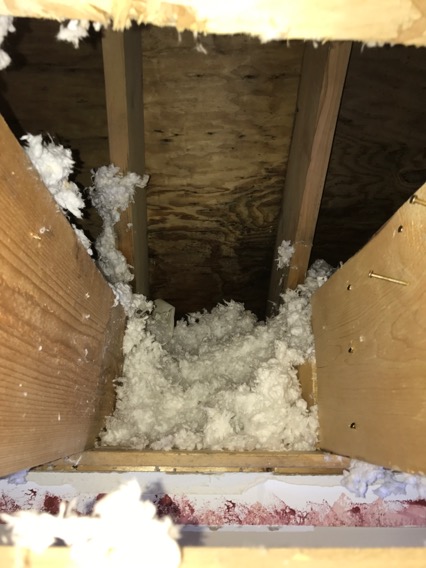
Alternatives to Fiberglass Insulation
For those seeking alternatives to fiberglass insulation, several options offer similar or even superior performance without the potential health concerns. Here are a few popular options:
Cellulose Insulation
Made from recycled paper or plant fibers, cellulose insulation is an environmentally friendly choice. It offers excellent thermal properties and is resistant to mold and pests.
Sheep’s Wool Insulation
Sheep’s wool insulation offers a sustainable and natural alternative to fiberglass. It provides excellent thermal and acoustic insulation, regulates moisture, and improves indoor air quality. Its fire resistance and non-toxic nature make it safe for installation. With its renewable source and low environmental impact, sheep’s wool insulation is a smart choice for eco-conscious homeowners.
Rockwool Insulation
Rockwool is a type of insulation made out of volcanic rock. Its unique composition is thermal resistant and has excellent insulation properties. Given its volcanic nature, it’s also fire resistant and can repel moisture to keep mold, mildew, and pests out of your home.
Cotton Insulation
Made from recycled denim or cotton fibers, cotton insulation is non-toxic, easy to handle, and has excellent sound absorption capabilities.
Foam Board Insulation
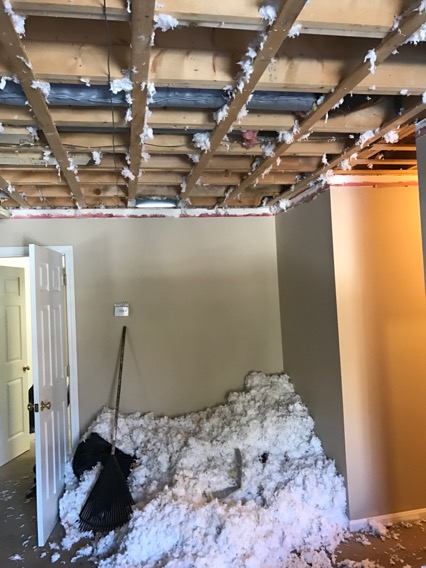
Foam board insulation presents a versatile and efficient alternative to fiberglass. Its rigid structure prevents heat transfer and reduces energy consumption. With its moisture-resistant properties, foam board insulation inhibits mold growth and enhances indoor air quality. It’s lightweight, easy to install, and offers long-lasting insulation performance.
When considering insulation alternatives, evaluating factors such as insulation R-value, installation requirements, environmental impact, and cost is crucial. Consulting with insulation professionals can help you choose the best alternative for your needs, ensuring energy efficiency and a healthier living environment.
Safe Removal of Fiberglass Insulation
It is recommended to seek professional assistance when looking to remove fiberglass insulation. Hiring experienced professionals specializing in insulation removal ensures that the task is carried out with utmost care and expertise. Professionals are well-equipped with the necessary tools, knowledge, and protective gear to handle the process safely. Specifically, they will dampen the insulation by misting it with water or a mixture of water and mild detergent. This helps to reduce the risk of the fibers becoming airborne during removal.
It’s essential to avoid unnecessary agitation or disturbance of the insulation, as this can release fiberglass particles. Adhering to these safety measures and hiring a professional can minimize the potential health risks associated with fiberglass insulation removal.
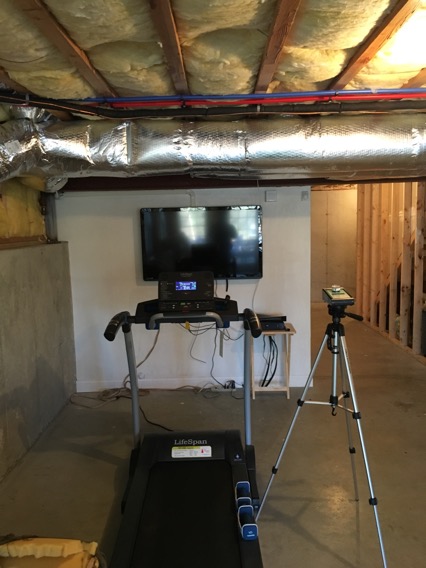
Fix Your Fiberglass Now
Being aware of the potential health risks associated with fiberglass insulation is crucial for maintaining a safe living environment. By understanding the sources of contamination, the health impacts, and exploring alternative options, individuals can make informed decisions regarding their insulation choices.
When it comes to removal, seeking professional assistance, such as the services offered by IndoorDoctor, ensures a safe and efficient process. Our expertise and specialized equipment can help mitigate the risks associated with fiberglass insulation, allowing you to prioritize health.
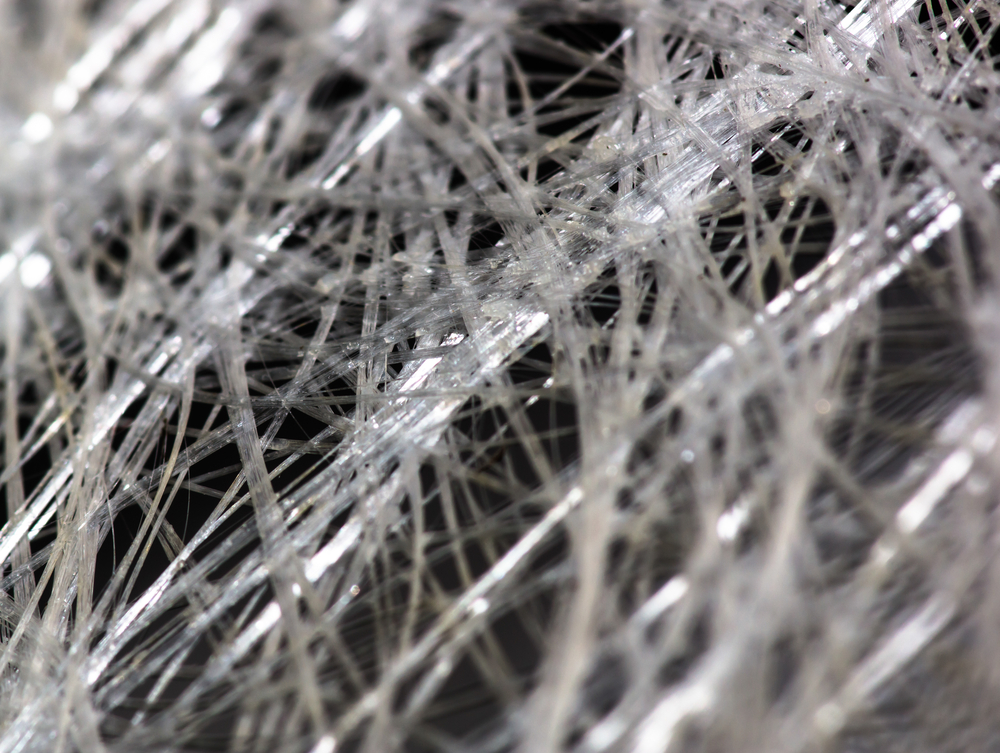
Test Your Home For Fiberglass
We recommend hiring an independent environmental testing company like IndoorDoctor to assist with certified fiberglass testing in the air or on surfaces. Fiberglass is very similar to asbestos fibers and only experienced laboratories can distinguish these particulates from other insulation materials.
References
- Albert Einstein College of Medicine – Environmental Health & Safety: Fiberglass. Retrieved from: https://www.einsteinmed.edu/administration/environmental-health-safety/industrial-hygiene/fiberglass.aspx
- New York City Department of Health – Fiberglass. Retrieved from: https://www.nyc.gov/site/doh/health/health-topics/fiberglass.page
- Medical News Today – Fiberglass in Skin: Symptoms, Removal, and Treatment. Retrieved from: https://www.medicalnewstoday.com/articles/fiberglass-in-skin
- Agency for Toxic Substances and Disease Registry (ATSDR) – Toxicological Profile for Synthetic Vitreous Fibers. Retrieved from: https://www.atsdr.cdc.gov/ToxProfiles/tp161.pdf
- SBC Magazine – 7 Insulation Alternatives to Fiberglass Batts. Retrieved from: https://www.sbcmag.info/news/2019/jan/7-insulation-alternatives-fiberglass-batts
- New York City Department of Health – Cleaning Up Fiberglass Dust. Retrieved from: https://www.nyc.gov/site/doh/health/health-topics/fiberglass.page


